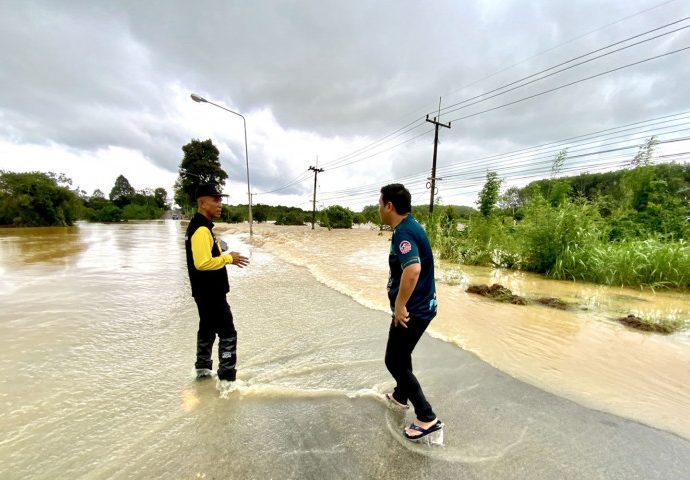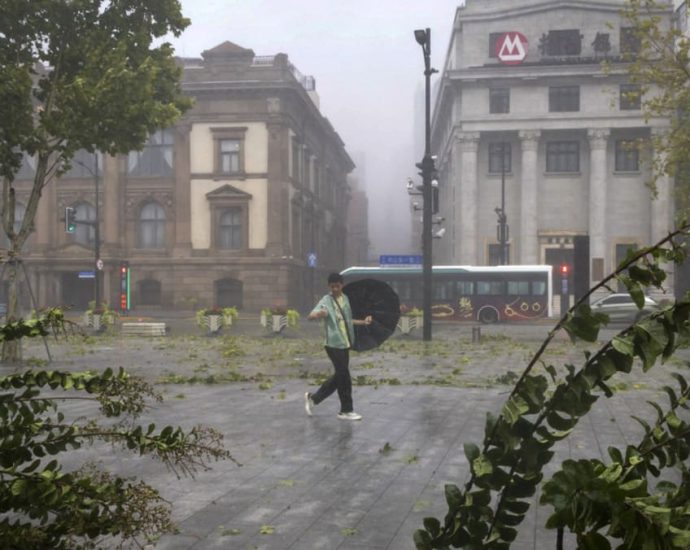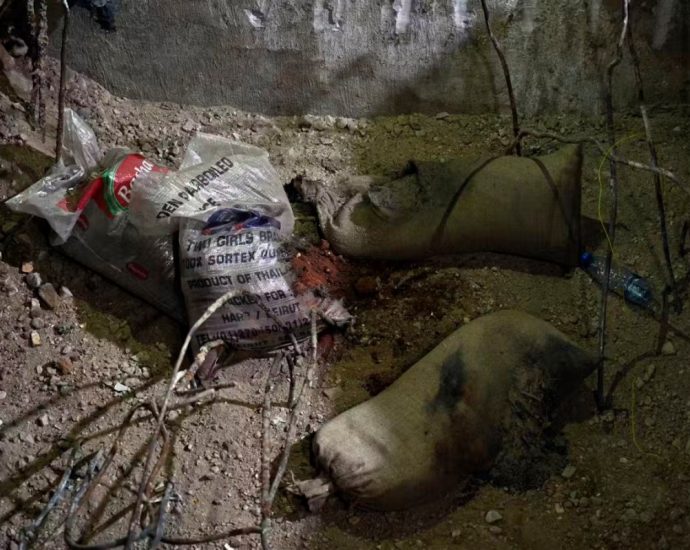Serbia moves to reintroduce compulsory military service
SARAJEVO: Serbia’s government ministers on Friday ( Sep 20 ) agreed to reintroduce compulsory military service which was abolished 14 years ago, President Aleksandar Vucic said, praising the decision as an important step to improve the country’s defence readiness. A working class may be established to start the process, accordingContinue Reading
















